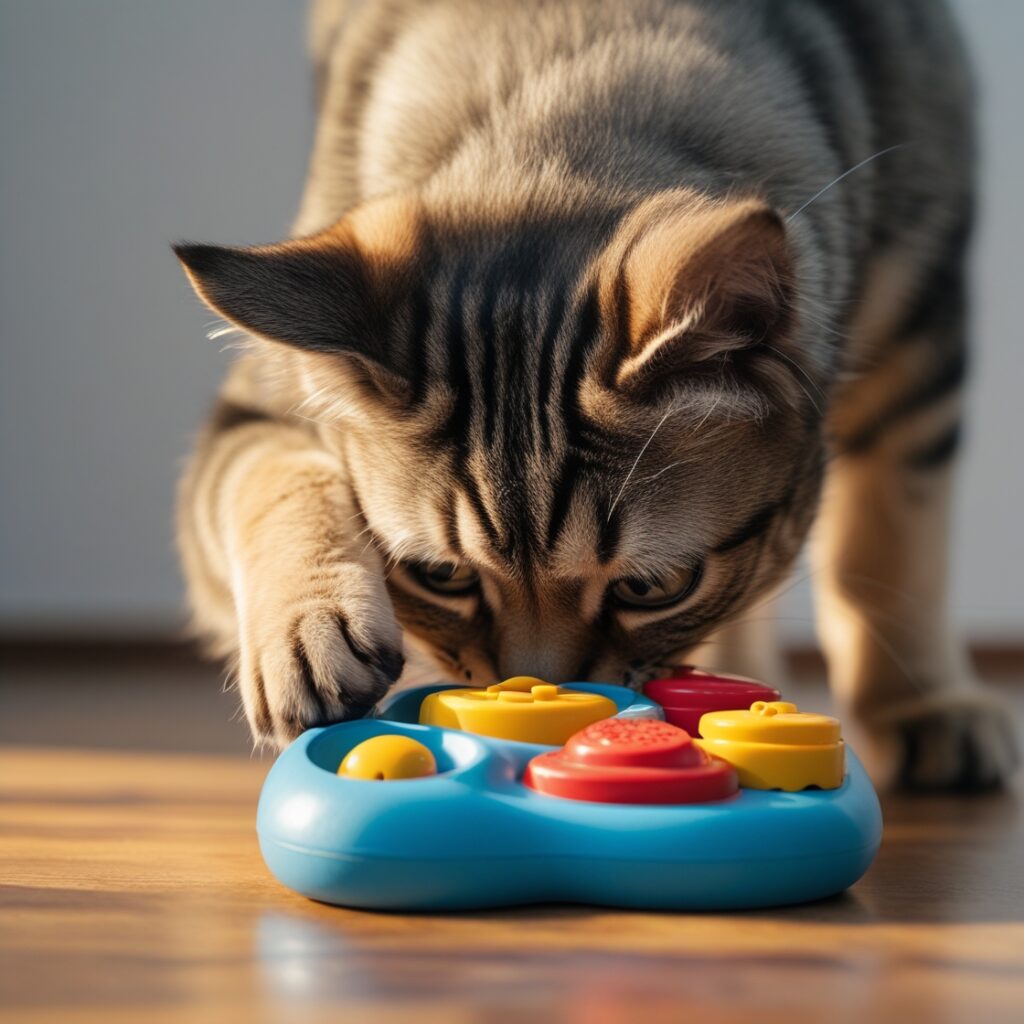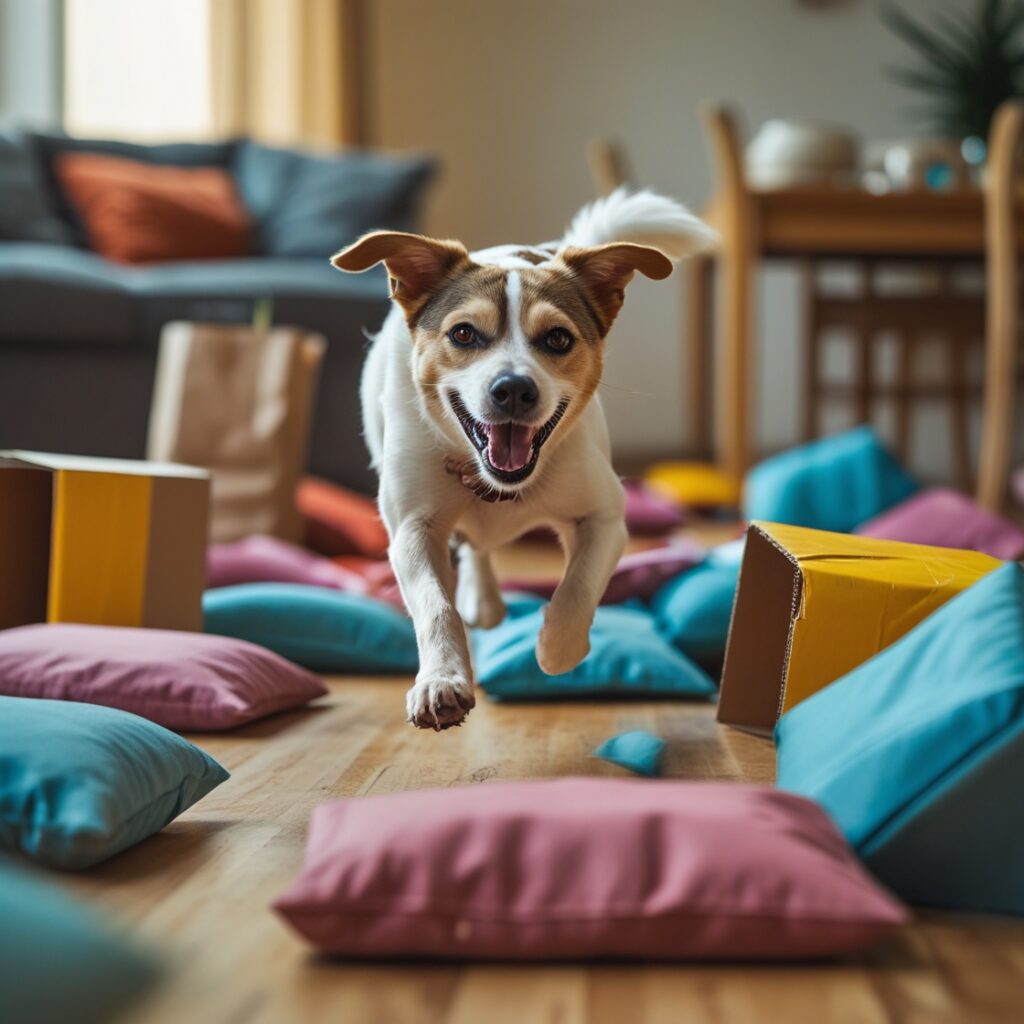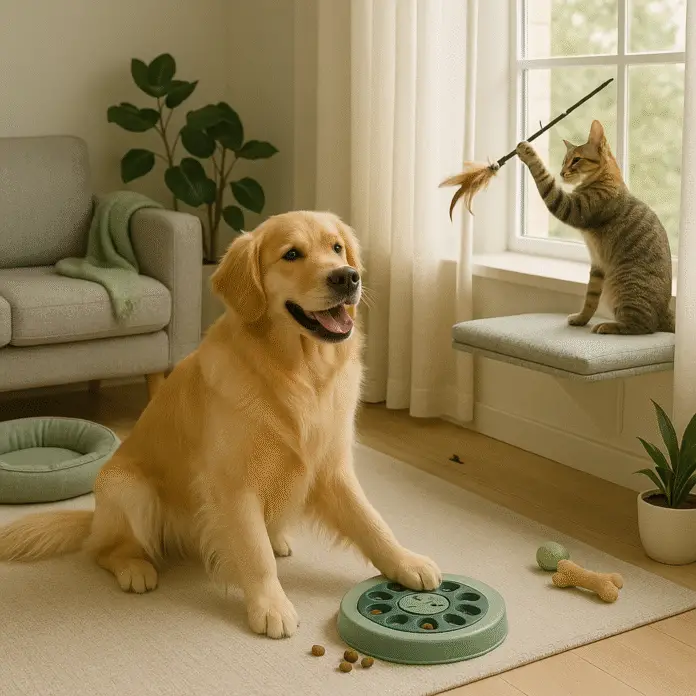Keeping pets mentally stimulated is just as important as ensuring their physical health. Just like humans, animals can become bored, anxious, or even depressed when their environment lacks enrichment. While walks in the park or yard play are beneficial, indoor mental stimulation for pets becomes essential during bad weather, busy schedules, or apartment living.
Whether you own a playful puppy, a curious cat, or an intelligent parrot, providing engaging activities indoors is key to maintaining their happiness, energy, and behavior. In this post, you’ll learn practical, science-backed strategies to stimulate your pet’s mind within your home environment.
Why Mental Stimulation Matters for Pets
Mental engagement improves your pet’s overall well-being, including:
- Reducing behavioral issues like excessive barking, scratching, or chewing
- Improving problem-solving abilities
- Building a stronger bond between you and your pet
- Preventing cognitive decline, especially in senior pets
- Lowering anxiety and stress, especially for indoor-only animals
Dogs, cats, birds, and even small mammals like rabbits benefit greatly from being mentally challenged on a daily basis.
1. Interactive Toys and Puzzle Feeders
Interactive toys are designed to challenge your pet’s brain and reward them for problem-solving. These include:

- Treat-dispensing balls
- Snuffle mats
- Puzzle boxes
- Electronic laser toys (for cats)
Using these toys during mealtime is a great way to engage your pet’s instincts and slow down fast eaters. For dogs, KONG toys stuffed with peanut butter or frozen treats are especially effective. Cats enjoy toys that simulate the thrill of a hunt—like feathers on a string or robotic mice.
Pro Tip: Rotate toys weekly to keep the novelty factor alive.
2. Teach New Tricks or Reinforce Old Ones
Training isn’t just about obedience—it’s a mental workout. Teaching your pet tricks such as “roll over,” “sit pretty,” or even scent-based commands gives their brain a challenge and boosts their confidence.
Start with 5–10 minute sessions using:

- Clicker training
- Hand signals
- Positive reinforcement with treats
Even older pets can learn new tricks with patience and consistency. Training keeps them engaged and strengthens your communication.
3. Scent Work and Hide-and-Seek Games
Dogs especially love to use their nose—it’s their most powerful sense. Tap into that instinct with indoor scent games:
- Hide treats under cups or in boxes
- Create a “find the toy” challenge
- Use essential oils (like lavender) on a toy and have them locate it
Cats can benefit from scent-based toys infused with catnip or silvervine. These not only stimulate curiosity but also encourage exercise.
4. Build an Indoor Obstacle Course
Transform your living room into a pet gym:
- Use chairs, broomsticks, and cushions to create hurdles
- Lay towels or cones for weaving
- Add tunnels (even cardboard boxes work)

This is a fun, budget-friendly way to provide both mental and physical enrichment. Praise your pet as they complete each “challenge.”
5. Use Pet Tech to Stay Engaged
Smart technology offers new ways to entertain your pet, especially while you’re away:
- Interactive pet cameras let you talk to and reward your pet with treats remotely
- Laser toy robots provide random movements that keep cats busy
- App-controlled feeders make mealtime more interactive
These gadgets can help reduce loneliness and prevent destructive boredom-related behaviors in pets left alone at home.
6. DIY Enrichment Projects
Homemade toys and puzzles can be just as effective—and are often cheaper.
Try these easy ideas:
- Muffin tin + tennis balls (hide treats underneath)
- Cardboard boxes filled with crumpled paper and toys
- Frozen treat cubes with kibble inside
- Toilet paper rolls filled with hay or treats for small pets
Creating something with your own hands also gives you the flexibility to customize based on your pet’s preferences.
7. Rotate Toys and Activities Weekly
A common mistake is leaving the same toys out all the time. Pets get bored with repetitive experiences, just like humans.
Solution: Create a toy rotation system. Store toys in a bin and only leave out a few at a time. Reintroduce old ones every week. This keeps your pet excited and curious without constantly buying new toys.
8. Window Watching & Environmental Enrichment
For cats and indoor dogs, even watching the world outside can be mentally stimulating. Set up:
- A window perch or cat tree
- A bird feeder outside the window
- Play nature sounds on YouTube or Spotify

Visual and auditory stimulation is especially helpful for indoor pets who don’t get outdoor exposure regularly.
9. Social Play and Interaction
Mental stimulation isn’t limited to toys—your interaction matters most. Engage your pet with:
- Tug-of-war
- Chase-and-catch games
- Gentle grooming sessions
- Hide-and-seek (you hide, they find you)
Some pets (especially dogs and parrots) are very social. Consider safe indoor playdates or puzzle toys you solve together.
10. Music, TV, and Audiobooks for Pets
Calming sound can ease separation anxiety and stimulate your pet while you’re gone.
- Try dog-calming Spotify playlists
- Use YouTube bird-watching videos for cats
- Play audiobooks with soft narration (ideal for senior dogs)
Studies show that classical music and nature sounds lower cortisol levels in pets. A quiet, enriching audio backdrop can make a world of difference.
Bonus: Tailoring Enrichment to Pet Type
Not all animals are the same—here’s how to tailor mental stimulation by species:
Dogs: Need structured training, scent games, and physical puzzles
Cats: Thrive on climbing structures, laser pointers, and window watching
Birds: Love shredding toys, talking practice, and learning songs
Rabbits and guinea pigs: Enjoy tunnels, digging boxes, and foraging mats
Observe your pet’s natural behaviors and preferences to build a personalized enrichment routine.
Conclusion
Providing mental stimulation for pets indoors doesn’t have to be expensive or complicated. Whether it’s through interactive toys, training, obstacle courses, or simply spending quality time together, enriching your pet’s environment will lead to better behavior, less stress, and a happier household.
A mentally engaged pet is a well-balanced, content companion. Start with a few of the ideas above and build from there—you’ll both benefit from the extra fun and bonding time!



